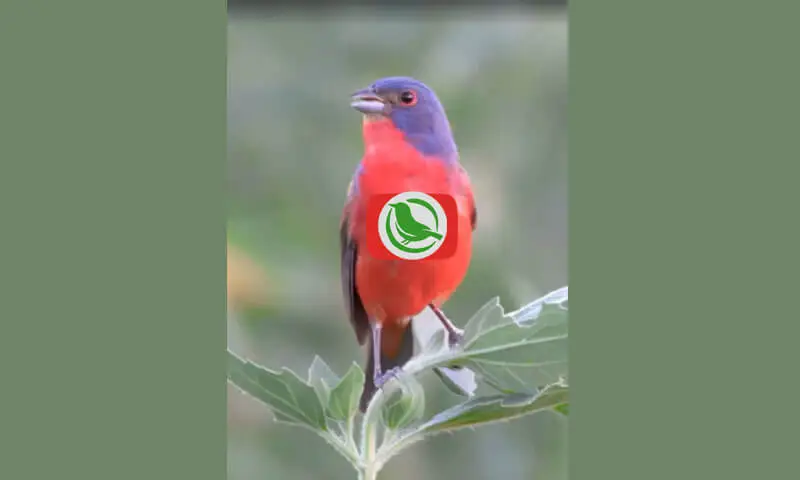The male painted bunting is often described as the most beautiful bird in North America and as such has been nicknamed nonpareil, or “without equal”. Its colors, dark blue head, green back, red rump, and underparts, make it extremely easy to identify, but it can still be difficult to spot since it often skulks in foliage even when it is singing. The plumage of female and juvenile painted buntings is green and yellow-green, serving as camouflage.
Once seen, the adult female is still distinctive, since it is a brighter, truer green than other similar songbirds. Adult painted buntings can measure 12–14 cm (4.7–5.5 in) in length, span 21–23 cm (8.3–9.1 in) across the wings and weigh 13–19 g (0.46–0.67 oz).
The juveniles have two inserted molts in their first autumn, each yielding plumage like an adult female. The first starts a few days after fledging, replacing the juvenile plumage with an auxiliary formative plumage; and the second a month or so later giving the formative plumage.
Painted bunting eggs are pale blue-white speckled or spotted with brown. Three to four eggs (or occasionally five) appear from March to July in cup-shaped nests usually built in brush or low trees, usually 3 to 6 feet from the ground but up to 12 feet.
Disclaimer
This video is intended for educational and entertainment purposes only, not for promotion or sale of birds, so we do not serve any requests related to marketing of pets including birds. Please press Play button in the middle of the image to watch the video.
